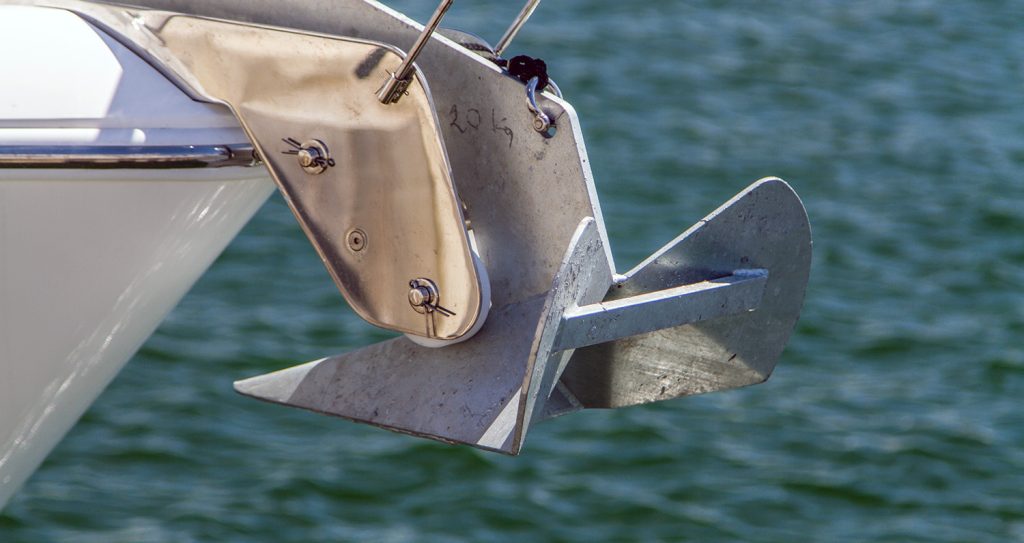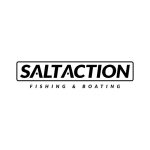Anchoring your saltwater boat properly is crucial for a safe and enjoyable boating experience. Whether you're planning to fish, swim, or simply relax, a securely anchored boat provides stability and peace of mind.
In this guide, we will walk you through the essential steps to anchor your saltwater boat effectively, ensuring you stay in position even in changing tides and currents.
Step 1: Choose the Right Anchor:
Selecting the appropriate anchor for your saltwater boat is the first step towards successful anchoring. Consider the size and weight of your boat, the seabed conditions, and the prevailing weather conditions in your area. Common anchor types for saltwater boating include plow anchors, fluke anchors, and claw anchors. Opt for a reliable and adequately sized anchor that suits the conditions you'll encounter.
Step 2: Assess the Anchorage Area:
Before dropping anchor, carefully assess the anchorage area. Look for potential hazards such as rocks, coral reefs, or underwater cables. Check the depth of the water and ensure there is sufficient space for your boat to swing with changing tide and wind directions. Consult nautical charts or local knowledge to identify any special considerations or restrictions in the area.
Step 3: Positioning and Approach:
Once you've identified a suitable anchorage, approach the spot slowly and align your boat with the desired position. Take into account the direction of the wind and current, aiming to position the bow of your boat into the wind or against the current for better stability. Communicate with your crew to ensure a smooth anchoring process.
Step 4: Lowering the Anchor:
Once you're in the desired position, it's time to lower the anchor. Attach a sufficient length of anchor line or chain to the anchor's eye, ensuring it is securely fastened. Slowly lower the anchor off the bow, allowing the line to pay out smoothly. Avoid throwing or dropping the anchor to prevent any potential damage to the boat or injury to crew members.
Step 5: Setting the Anchor:
Once the anchor has reached the seabed, allow the boat to drift back naturally with the wind or current while you let out additional line. Gradually apply reverse throttle to set the anchor firmly into the seabed. Watch for any signs of the anchor dragging, such as the boat continuing to drift or the anchor line slackening. If dragging occurs, repeat the process, or consider relocating to a more secure spot.
Step 6: Securing the Anchor:
Once the anchor is securely set, cleat off the anchor line or chain on a bow cleat or windlass. Ensure the line is properly tensioned to provide the necessary holding power. Consider using a snubber or shock absorber to reduce strain on the anchor line and minimize noise and vibration caused by wave action.
Step 7: Monitoring and Adjusting:
While anchored, it's crucial to continuously monitor your position and the conditions around you. Keep an eye on other boats, changing weather patterns, and tidal fluctuations. Adjust the length of the anchor line if needed to accommodate tide changes and maintain an appropriate scope ratio (typically 5:1 or more) to ensure optimal holding power.
Final Thoughts
Properly anchoring your saltwater boat is a fundamental skill that enhances safety and enjoyment during your boating adventures. By following these steps – choosing the right anchor, assessing the anchorage area, positioning your boat, lowering and setting the anchor, securing the line, and monitoring conditions – you'll be equipped to anchor your boat confidently. Remember, practice makes perfect, so familiarize yourself with the process and seek local knowledge to adapt to specific saltwater conditions in your area.


